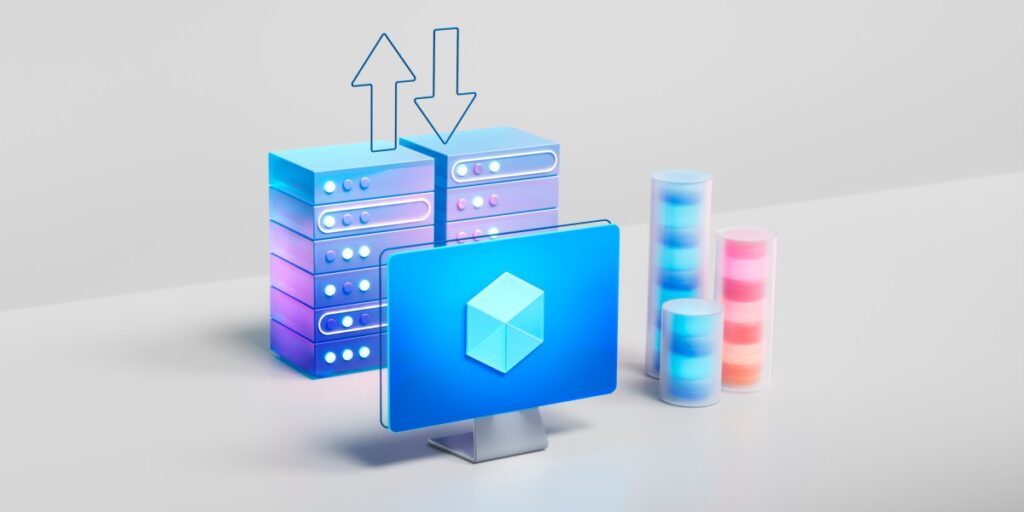In today’s fast-evolving business landscape, realizing the full potential of AI-powered applications necessitates a fresh approach. Old-school application architectures simply can’t keep pace with the high demands of AI-enhanced solutions. Now is the time for organizations to embrace modernization across infrastructure, processes, and application designs using cloud-native technologies to remain competitive.
Modernization: A Timely Necessity
Today’s organizations operate in a world marked by geopolitical shifts, fierce competition, supply chain challenges, and ever-changing consumer expectations. AI applications can drive innovation, but only if they possess the flexibility to scale as necessary. By modernizing their applications, businesses can achieve the agility, scalability, and high-performance computing required to foster rapid innovation and expedite the deployment of AI solutions. David Harmon, the director of software development at AMD, emphasizes the importance of leveraging current environments and hardware advancements to maximize benefits. The outcome? A notable reduction in the development lifecycle of new applications, allowing businesses to respond swiftly to global changes.
Modernizing applications, data, and infrastructure not only accelerates the development and deployment of intelligent applications but also significantly enhances customer experiences. Take Coles, for instance, an Australian supermarket that has successfully invested in modernization. By harnessing data and AI, Coles is able to provide dynamic e-commerce experiences for its customers, both online and in-store. With Azure DevOps, the supermarket transitioned from monthly application deployments to weekly ones while slashing build times by hours. What’s more, by aggregating customer insights across multiple channels, Coles delivers highly personalized experiences. According to a 2024 CMSWire Insights report, 55% of organizations are now utilizing AI in their digital customer experience strategies, with many more beginning their AI journey.
Nevertheless, even the most meticulously crafted applications can fall prey to cyberattacks. If given the chance, malicious actors can extract sensitive data from machine learning models or inject corrupt data into AI systems. “AI applications now interact with your core organizational data,” notes Surendran, emphasizing the necessity of implementing robust security measures. Fortunately, modern cloud architectures can provide the security, data governance, and AI safeguards essential to protect applications from threats while ensuring compliance with industry standards.
Navigating AI Innovation Challenges
New challenges, from demanding customers to cyber threats, call for an innovative approach to application modernization. Surendran notes, “You must have the right underlying application architecture to keep pace with the market and accelerate your applications’ time to market.” Failure to establish this foundation can hinder progress.
This is where cloud-native architecture comes into play. As organizations increasingly adopt AI to fuel innovation and maintain competitiveness, a sense of urgency arises to rethink application development and deployment in the cloud. By adopting cloud-native architectures and leveraging open-source software, businesses can facilitate AI adoption and create a flexible platform that is specifically designed for AI and optimized for cloud environments. Harmon explains that the open-source ecosystem thrives on diversity, providing a wealth of options and enabling the introduction of new technologies.
Moreover, application modernization guarantees optimal performance, scalability, and security for AI applications. Modernization goes beyond merely relocating application workloads to cloud virtual machines; cloud-native architectures are inherently designed to offer developers:
- The flexibility to scale according to evolving needs
- Improved access to the critical data necessary for intelligent applications
- Access to the right tools and services for easy application development and deployment
- Integrated security features to protect sensitive information
When combined, these cloud capabilities empower organizations to extract the maximum value from their AI initiatives. “Ultimately, performance and security are paramount,” highlights Harmon, and cloud technology is no exception.
Conclusion
The journey toward AI innovation demands a proactive approach to modernizing application architectures. With the right cloud-native strategies, organizations can not only meet customer demands but also safeguard against security risks while ensuring rapid deployment of intelligent applications. Adopting a cloud-native framework is more than an upgrade—it’s a strategic move that can set businesses on the path to success in the digital age.
The AI Buzz Hub team is excited to see where these breakthroughs take us. Want to stay in the loop on all things AI? Subscribe to our newsletter or share this article with your fellow enthusiasts.




